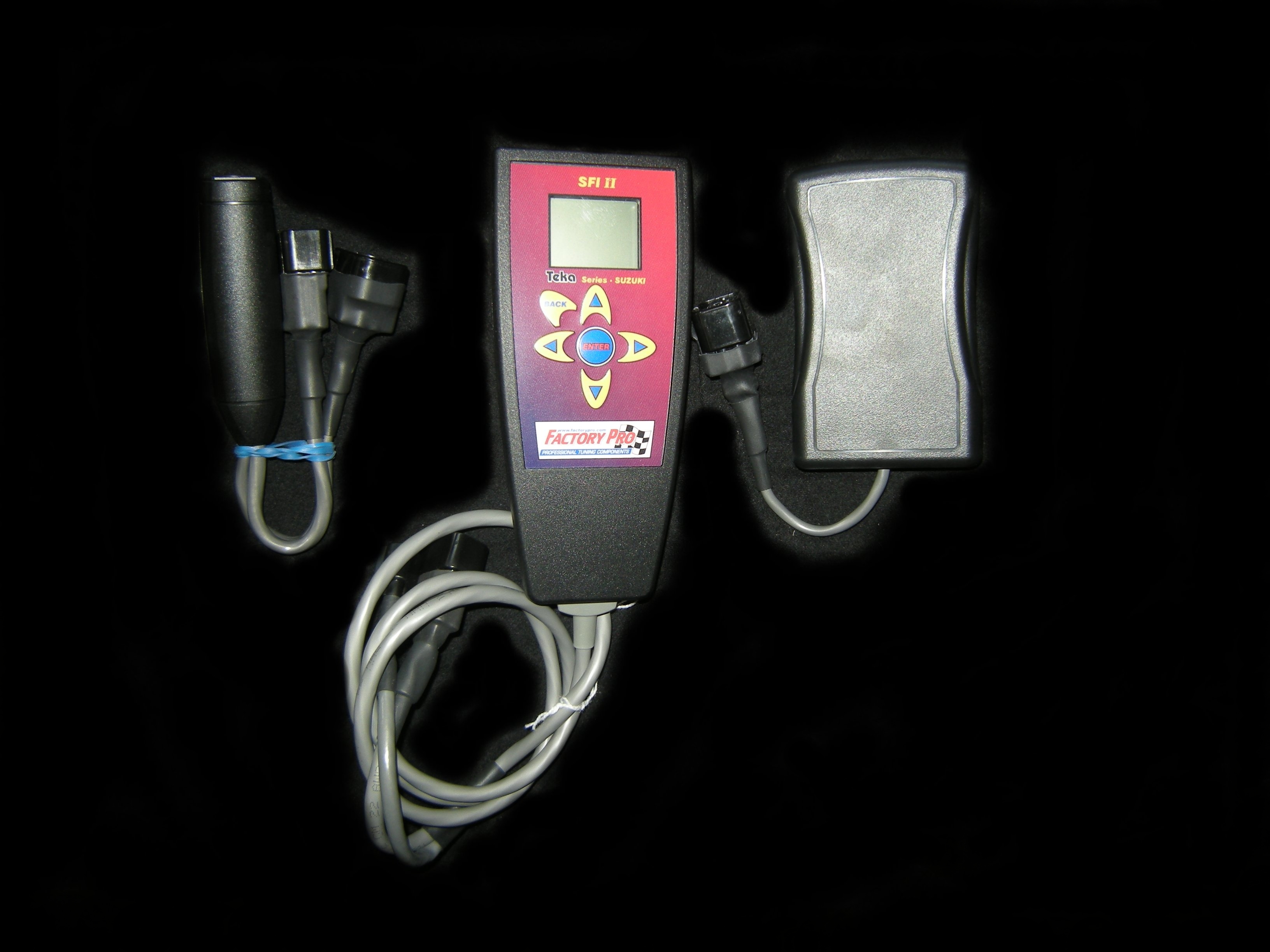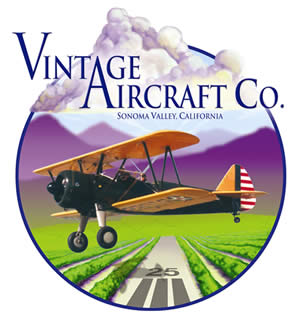Written for Wikipedia 2009 Feb 22
Velocity Stacks
Term
The term "velocity stack" generally refers to the cylindrical tube with a radiused air inlet that part of the inlet tract that is generally "attached" to the "fuel delivery device" - a fuel injection throttle body, a carburetor, or in the case of he fuel being "direct injected" the combustion chamber, directly to the intake port.
Confusion with airbox "intake snorkel"
If it's part of or attached to the plenum or "airbox", it's more of a "flow resistance decreasing, radius device" and technically, not an intake runner "velocity stack" and usually doesn't increase air "velocity", though it may increase airflow by decreasing flow resistance.
The lower flow resistance results in potentially more air volume delivered to the engine, but at a lower velocity. However, generally replacing a restrictive intake inlet, that was designed to reduce intake sound levels will commonly result in improved air delivery and improved performance.
Definition and purpose
The term "velocity stack" refers to an IR (individual runner) intake arrangement, where each cylinder has it's own inlet port. A velocity stack may be used with or without an "airbox" or plenum and the length and shape of the device determines several items, including.
1. Average dynamic air flow rates into the engine under the chaotic intake airflow and pressure conditions of a running engine.
2. Pressure wave propagation and recovery rates as a factor of the inlet radius and inlet side profile.
3. Average dynamic air velocity across the inner diameter.
Used with or without an "airbox". They are designed to:
1. Allow smooth and even entry of air into the intake duct with the flow stream's boundary layer adhering to the pipe walls.
2. Allow choosing of the effective rpm range of dynamic compression (cylinder fill rate).
3. Allow choosing of the overall dynamic compression by choosing inlet profile.
Highly modified engines
Highly modified race engines sometimes have the original air box and associated ducting removed and velocity stacks are installed and profiles, lengths and inner diameters are modified to improve performance.
Generally stock engines
Generally, OEM (original equipment) "velocity stacks" are designed with more than just power output in mind. For example, intake noise. Stock inlet stack profiles, in the original airbox, commonly have velocity stack configurations that tend to decrease sound levels, rather than optimizing power output.
An optimally designed intake runner "velocity stack" will improve power over a range of 3000 to 3500 rpm range in current reciprocating IC engines.
Modern fuel injection systems with a single air inlet typically incorporate some sort of radiused air entrance, and if that initial airbox or plenum airflow restriction is retained while modifying the "downstream" velocity stacks, power across a range is still evident, reinforcing the concept that a properly designed inlet stack improves power, predominantly by increasing "dynamic compression" rather than improving bulk airflow.
Testing of replacement "velocity stacks"
Detailed dynamometer testing and design work commonly results in different length velocity stacks on different cylinders.
The "optimal for power" velocity stack configuration is affected by many factors
1. Desired RPM range
2. Changes in intake and exhaust cam timing or cam profiles
3 Exhaust system changes.
4. Port flow changes.
5. Airbox or plenum volume changes
5. Anything that affects dynamic air flow and pressure wave timing.
A velocity stack configuration that works as required for s "stock" unmodified engine may be distressingly non-optimal for a ported and re-cammed engine.
When replacing an original equipment current (2008) motorcycle velocity stack profile, the power improvements are usually in the range of 2% to 3% power in the stack's effective rpm range, with some applications at some rpms points occasionally gaining as much 5%. There are a few motorcycle applications that have optimal velocity stacks as delivered.
Engine testing vs. mathematically calculated "intake tract" (velocity stack) length
There are multiple formulas to calculate "intake tract length" and it is easy to calculate a number. It has been shown over many 100's of dynamometer engine tests, that a "calculated" intake tract length is only a rough guide to within +/- 25mm of what is optimal for a running engine. Some formulas are obviously too simple (an intake isn't simply a closed cylinder) and some more realistic formulas and most computer programs attempt to take more factors into account, but still can't take every one into account, as it's simply not realistically possible to measure and provide every applicable input into the calculation. Optimal intake track length is almost always derived through dynamometer testing, using calculated intake tract length as an initial starting point.
Engine testing vs. flow bench "intake tract" velocity stack profiles
An engine's dynamically flowing and pressure pulsing intake tract is only somewhat related to a common steady state flow bench. "Optimal" steady state flow rates are only a small portion of the complex factors involved in optimizing an intake ports inlet profile. It's common to compare flow bench developed "better air flow" velocity stacks vs. an "engine designed" optimally radiused stacks with an optimal inner diameter and find a 4% to 5% power improvements over "flow bench developed" inlet profile. (2008)
Fuel "Standoff"
Sometimes an intake tract of a particular configuration produces air/fuel mist "standoff" at some rpm, most often, full throttle at low rpm. The term: "standoff" is actually the port's dynamic air "backflow", the result of the intake cam closing too late or retarded for the intake tract length. The air "overfills" the cylinder above atmospheric pressure and then the intake air (with the previously metered fuel) is blown back out the intake port, before the intake valve closes (which would trap the higher the atmospheric pressure" air in the cylinder. The fuel is then "re-metered" again, producing an overrich air/fuel mixture that degrades power, in addition to losing power from the lowered potential dynamic compression.
The acceleration of air flow into a duct is inherently a highly efficient process and the difference between even the crudest radius inlet, and the most aerodynamic shape possible is slight, amounting to no more than a few percent. The flow coefficient of a perfect entry would be 1 while the flow coefficient for a sharp edged entry would be .9. A difference of only 10% from the worst possible entrance to the best possible entrance. This does not mean that engine airflow would increase 10% as the inlet end is usually not the smallest part of the system. The actual overall gain would be less.
However, since it's been established that a "velocity stack" is not simply a single factor "radiused inlet cylinder", it's apparent that balancing pressure wave propagation rates and airflow factors and doing engine testing are required to balnce the factors in a running engine
In engine testing, you can see that a square edged cylinder "velocity stack" works well at lower rpm, (regardless of airflow theory), until the dynamic air velocity exceeds the critical attached jet air flow speed around the non radiused inlet, hurting air flow enough and decreasing the cylinder fill rate enough to decrease power.
| Absolutely NO carb parts sold in California. | ||
 |
New and improved Finally - Quick, easy, cost effective
Suzuki tuning
with no expensive "add-on boxes" |
|
|
Contact Factory
Pro 415 883-5620 no fax
Factory Pro If
it's |
parts
information EC997
dynamometer information Product
Support /Tech SECTION
And most importantly This Tuning Site has been visited by people. www.digits.net - the oldest counting service on the web |
Clock widget
|
LINKS |
|
 |
Flight Training - train with AMA race winner Todd Harrington. The Harringtons own American Flyers, one of the most established flight training facilities in the USA - 8 locations - 800-362-0808 |
 Train to Win |
The Rich Oliver
Mystery School will help you discover your hidden inner strength.
It will challenge you. It will teach you a new way of thinking and a new way of riding. You can take your riding to an exciting new level! We use a variety of proven drills and training techniques. Practicing these techniques with our Yamaha dirt track trainers will enhance your abilities both on the track or the street. It doesn't matter what you ride or race, the Rich Oliver Mystery School improves everyone's skill level and mindset! |
 |
Book a sightseeing flight over the Wine Country
or a Kamikaze aerobatic flight or a biplane flight over famous
Sonoma Raceway,
the Golden Gate Bridge and the San Francisco Bay for one or two during
the spring and get a free souvenir t shirt! 707 938 2444 |
|
Make your next tour Unforgettable, Affordable and Exotic. Superbike Tours Thailand - See you there. Geoff@superbiketoursthailand.com |
|
| The extension of the laboratory
for engines of the Swiss Federal Institute of Technology was completed
in about 1935. Its architect was Rudolf Otto Salvisberg (1882-1940).
He had a successful career in Berlin but returned to Switzerland after
the advent of the Nazis. His architectural style was somewhat similar
to that of Erich Mendelsohn. The staircase of the laboratory is in normal
use but well preserved. Edited to the tunes of Chemical Residue by Herbie Hancock. |
|
 |
|
|
Artisan Crafted Fine Cheeses – Since 1865 - Specializing in Handmade Brie & Camembert |
|
| Marin French Cheese Co., also known as The Cheese Factory and Rouge et Noir is not just the oldest cheese manufacturer in the country, but a vacationers and day trippers destination as well as a unique part of American History. Located north of San Francisco, east of Napa County, west of Pt. Reyes and Olema and south of Sonoma County, Marin French has produced hand crafted Artisan soft ripened cheese since 1865. Rouge et Noir cheeses are similar to French and European varieties but reflect the characteristics of Northern California, producing it's own regional style. | |